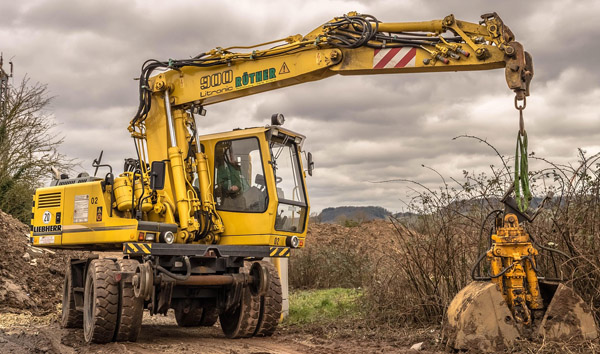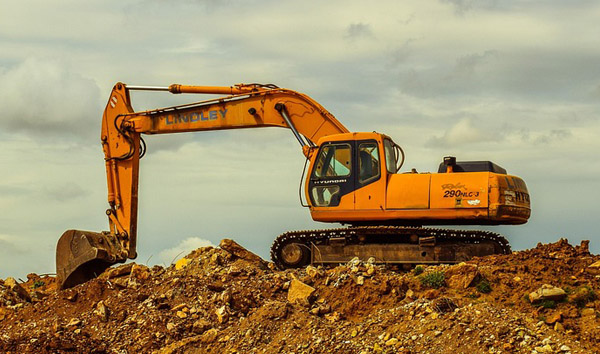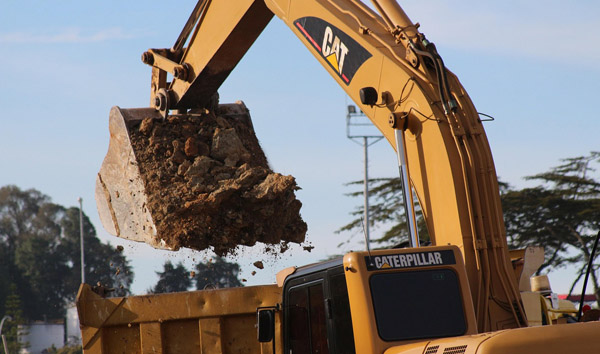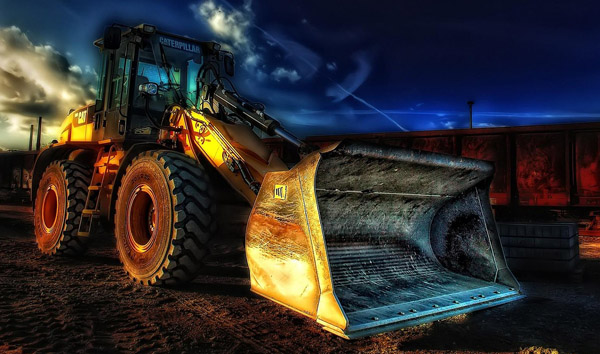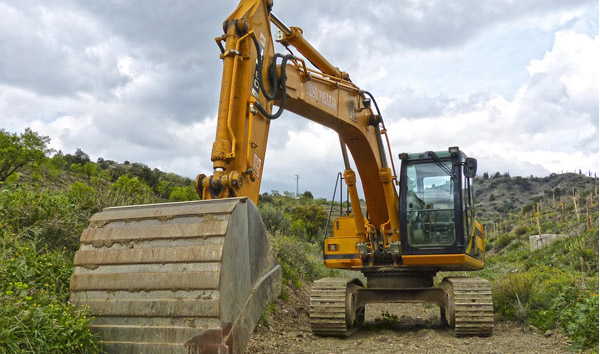Navigating the Rugged Terrain: A Deep Dive into All-Terrain Forklift Specifications
2025-07-28 05:20:31
All-terrain forklifts are engineered to handle uneven, rough, and outdoor surfaces with ease, making them indispensable in construction, agriculture, and logistics. Key specifications include load capacity, which typically ranges from 5,000 to 36,000 pounds, depending on the model. These machines are equipped with robust tires—often pneumatic or solid—to provide superior traction on gravel, mud, and sand. Additionally, their high ground clearance (usually 10-14 inches) ensures minimal risk of undercarriage damage when traversing obstacles.
Power sources for all-terrain forklifts vary, with diesel engines being the most common due to their torque and durability. Some models feature hybrid or electric options for reduced emissions in sensitive environments. Engine horsepower typically falls between 50 and 150 HP, ensuring sufficient power for heavy lifting and steep inclines. Hydraulic systems are another critical specification, with lift heights reaching up to 20 feet and tilt angles optimized for stability on uneven ground. These features make all-terrain forklifts versatile for loading and unloading in remote or unstructured worksites.
Maneuverability is a defining trait of all-terrain forklifts, with specifications like turning radius (often under 10 feet) and articulation points enhancing their agility. Advanced models include four-wheel steering and oscillating axles to maintain balance on slopes. The inclusion of differential locks further improves traction in muddy or slippery conditions. Operators benefit from ergonomic cabins with shock-absorbing seats and intuitive controls, ensuring comfort during prolonged use. Such design elements underscore the forklift's adaptability across industries like mining and forestry.
Safety specifications are paramount, with all-terrain forklifts incorporating features like rollover protection systems (ROPS) and load moment indicators (LMI). ROPS ensures operator safety in case of tip-overs, while LMI prevents overloading by calculating load stability in real time. Lighting systems, including LED work lights, enhance visibility in low-light conditions, and some models offer heated cabins for cold climates. Compliance with OSHA and ISO standards further validates their reliability, making them a trusted choice for high-risk environments.
The future of all-terrain forklifts lies in smart technology integration, with telematics and IoT-enabled diagnostics becoming standard specifications. These systems provide real-time data on fuel consumption, maintenance needs, and operational efficiency. Autonomous navigation is also emerging, allowing these forklifts to operate in hazardous zones without human intervention. As industries demand greater efficiency and sustainability, all-terrain forklift specifications will continue evolving, blending ruggedness with cutting-edge innovation.




